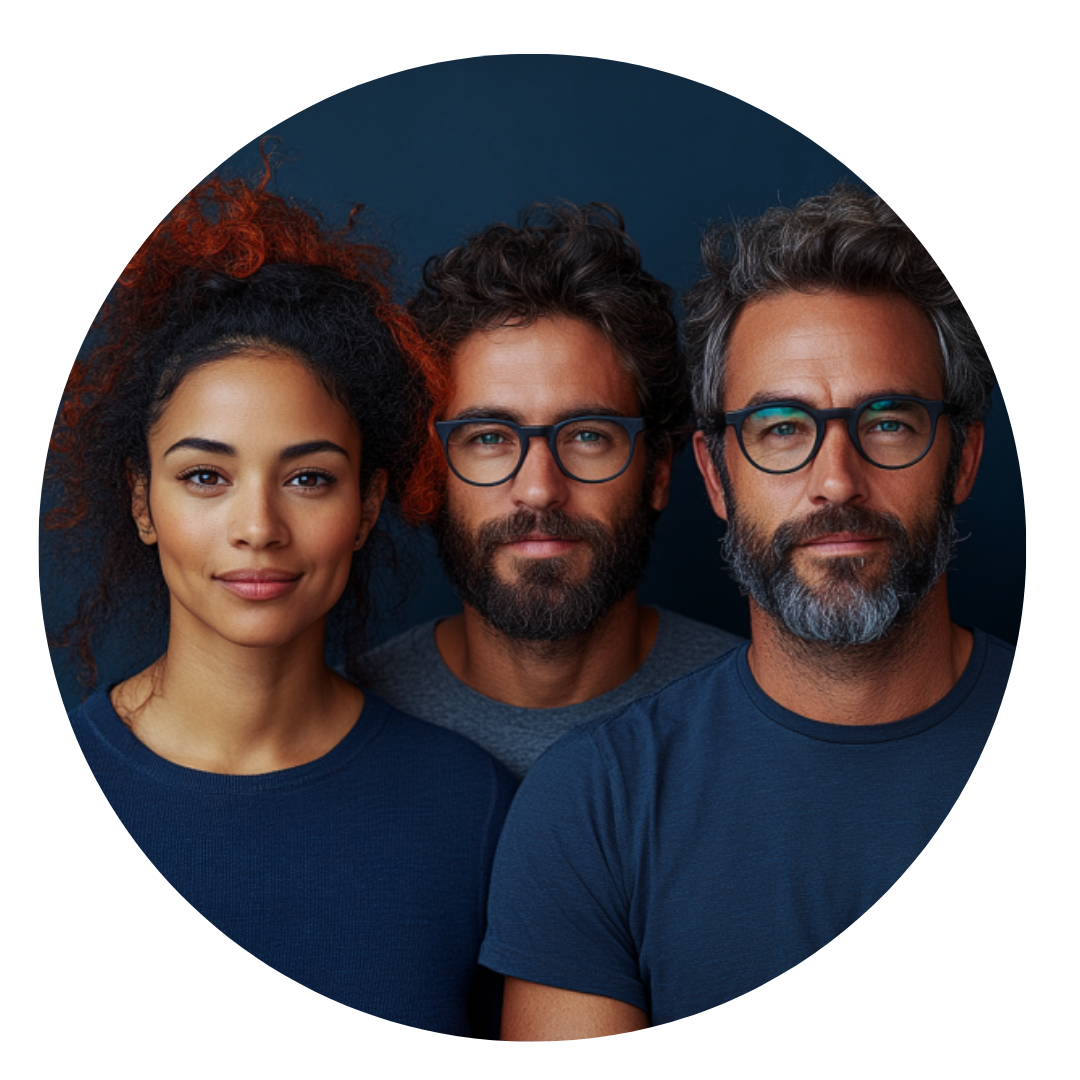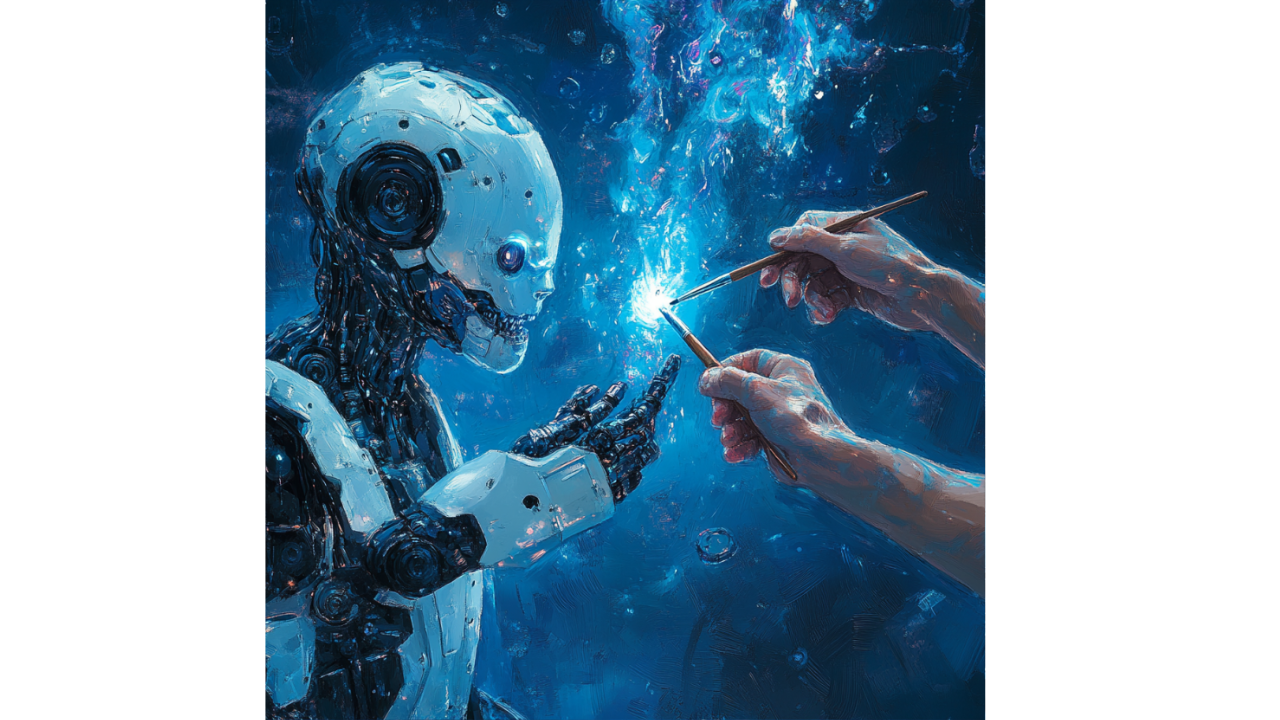Anthropic Cleared in Federal Copyright Case
Judge William Alsup just handed down a ruling that should terrify every creative professional in America. In blessing Anthropic's wholesale piracy of...
6 min read
 Writing Team
:
May 27, 2025 11:04:04 AM
Writing Team
:
May 27, 2025 11:04:04 AM

Former Meta executive Nick Clegg's recent confession reveals the uncomfortable truth about artificial intelligence: the entire industry is built on mass creative theft, and tech companies know it. When Clegg admits that asking artists for permission before using their work would "basically kill the AI industry," he's not describing a technical challenge—he's admitting that AI's business model depends on unauthorized appropriation of human creativity.
The evidence is overwhelming, from Studio Ghibli's distinctive style being replicated en masse to individual artists watching their life's work become training data without consent or compensation. What we're witnessing isn't innovation—it's the largest intellectual property heist in human history, disguised as technological progress.
The most visible example of AI art theft emerged in March 2025 when OpenAI's GPT-4o launched with the ability to "Ghibli-fy" any image, instantly replicating the distinctive animation style of Studio Ghibli. Within hours, social media was flooded with AI-generated images mimicking the studio's decades of artistic innovation, from celebrities rendered in Miyazaki's style to historical moments transformed into Ghibli-esque scenes.
The timing was particularly cruel: OpenAI launched this feature on March 25, 2025, just one day before Studio Ghibli's Princess Mononoke was re-released in 4K IMAX for the studio's 40th anniversary. While the film grossed $4 million in its first weekend, OpenAI was simultaneously undermining the very artistic vision that audiences were celebrating.
Hayao Miyazaki, Studio Ghibli's founder, has called AI-generated art "an insult to life itself" and "an insult to humanity." His 2016 response to an AI animation demonstration was visceral: "I would never wish to incorporate this technology into my work at all. I strongly feel that this is an insult to life itself." The demo reminded him of a friend with a severe disability, highlighting how AI reduces human experience to algorithmic patterns.
Yet OpenAI's system brazenly replicated Ghibli's style despite the company's claimed "refusal protocol" that supposedly prevents generating art in the style of living artists. The fact that users could still prompt "Studio Ghibli style" images while Miyazaki remains alive exposes this protection as meaningless theater.
Legal experts warn that Studio Ghibli could pursue action under the Lanham Act for trademark infringement, as AI-generated images create "likelihood of confusion among consumers" about official endorsement. As intellectual property lawyer Mark Rosenberg explained, "OpenAI is trading off the goodwill of Ghibli's trademarks, using Ghibli's identifiable style and leading to a likelihood of confusion."
More damaging is how AI companies rob future monetization opportunities. "If Studio Ghibli ever wanted to launch its own tool allowing fans to transform photos into its signature style, OpenAI's update has essentially taken that business opportunity away," Rosenberg noted. This represents not just current theft but the destruction of future creative economies.
The technical argument that AI doesn't create "direct copies" is a legal loophole that ignores the spirit of intellectual property law. Copyright exists to ensure creators receive recognition and control over their work. AI-generated art that mimics distinctive styles allows companies to benefit from decades of artistic innovation without permission, credit, or compensation.
Beyond high-profile studios, individual artists face systematic exploitation through AI training data. The landmark case Andersen v. Stability AI demonstrates how AI companies harvest creative work at industrial scale. Artists Sarah Andersen, Kelly McKernan, and Karla Ortiz initially sued Stability AI, DeviantArt, and Midjourney in January 2023, later joined by Greg Rutkowski, Gerald Brom, Jingna Zhang, and other prominent creators.
Sarah Andersen, creator of the webcomic "Sarah's Scribbles," discovered her copyrighted work was used to train AI systems without consent. The amended complaint reveals how "AI image products are primarily valued as copyright-laundering devices, promising customers the benefits of art without the costs of artists."
Greg Rutkowski, whose fantasy landscape paintings have been replicated millions of times by AI systems, has become one of the most exploited artists in AI training data. His distinctive style appears in countless AI-generated images, diluting his artistic identity and market value. Rutkowski joined the lawsuit as his work became synonymous with AI art theft.
Kelly McKernan and Karla Ortiz found their artistic styles replicated so precisely that AI-generated images in their manner flood online markets, competing directly with their original work. The psychological impact on artists watching their creative identity become algorithmic commodities cannot be overstated.
The scope of unauthorized data harvesting is staggering. AI companies scraped billions of images from across the internet to train their models, treating the entire creative commons as their private training ground. This includes copyrighted works, personal photographs, and proprietary artistic content, all ingested without permission or compensation.
Photographer Jingna Zhang documented how Midjourney could recreate her distinctive photographic style with disturbing accuracy. Her amended complaint "breaks down the tech" behind image generative AI, revealing how these systems necessarily infringe on copyrighted works during both training and generation phases.
The business model is explicitly designed around avoiding creator compensation. As the artists' legal filing states: "Though Defendants like to describe their AI image products in lofty terms, the reality is grubbier and nastier." AI companies promise "the benefits of art without the costs of artists."
AI companies hide behind "fair use" doctrine, claiming their training practices fall under copyright exceptions for research and criticism. This argument collapses under scrutiny. Fair use analysis considers four factors: purpose of use, nature of copyrighted work, amount used, and effect on the market.
AI training fails every test. The purpose is commercial, not educational. The nature involves using entire copyrighted works. The amount is comprehensive—entire artistic catalogs are ingested. The market effect is devastating—AI-generated art directly competes with original creators.
OpenAI's defense that training is "fair to creators, necessary for innovators, and crucial for US competitiveness" reveals the geopolitical weaponization of art theft. Companies frame creative appropriation as national security, positioning artist protection as anti-competitive.
The psychological impact on artists goes beyond financial losses. Watching your life's work become training data for systems that replace human creativity creates existential despair among creative professionals. Artists report feeling violated, seeing their unique vision reduced to statistical patterns that machines can replicate.
The "Ghibli trend" exemplified this trauma. While users celebrated their ability to transform photos into Miyazaki's style, they were participating in the systematic devaluation of decades of artistic innovation. Each AI-generated Ghibli image represents theft of creative labor that required years to develop.
Young artists face particularly devastating impacts. Why develop distinctive styles when AI can replicate any aesthetic instantly? The incentive structure for human creativity collapses when machines can produce "Greg Rutkowski-style" landscapes or "Sarah Andersen-style" comics without involving the actual artists.
Nick Clegg's admission that seeking permission would "kill the AI industry" exposes the fundamental contradiction in AI development. If these systems cannot function without unauthorized use of creative work, then their business model is inherently predatory.
Clegg suggested allowing artists to "opt out" rather than requiring opt-in consent. This reverses the burden of protecting intellectual property, forcing creators to police their own work rather than requiring permission for commercial use. It's equivalent to making theft legal unless victims explicitly request protection.
The scale argument—"these systems train on vast amounts of data"—is particularly cynical. The difficulty of seeking permission doesn't justify mass appropriation. If obtaining consent is impractical, then perhaps the business model shouldn't exist.
Elton John's description of AI training as "theft, thievery on a high scale" captures the magnitude of creative appropriation. When the UK government introduced legislation allowing AI training on copyrighted works unless creators opt out, John declared himself "very angry" and "incredibly betrayed," promising to "fight it all the way."
This represents more than individual artist grievances—it's the systematic destruction of creative incentives. Why invest years developing artistic skills when AI can replicate any style instantly? Why commission human artists when algorithms can produce equivalent work without compensation requirements?
The recent federal court decision allowing copyright infringement claims against AI companies in Andersen v. Stability AI provides hope, but legal remedies lag behind technological exploitation. Judge William Orrick distinguished AI models from VCRs, noting that unlike VCRs with non-infringing uses, AI models "operate in a way that necessarily infringes" on copyrighted works.
The evidence is overwhelming: AI companies built their empires on creative theft, harvesting billions of copyrighted works without permission to train systems that compete directly with their sources. This isn't innovation—it's industrial-scale intellectual property violation disguised as technological progress.
The legal battles intensifying across multiple jurisdictions will determine whether human creativity survives the AI transformation. If companies can freely appropriate artistic work to train competing systems, the economic foundation of creative careers collapses.
Nick Clegg's confession that permission-based AI training would "kill the industry" isn't a defense—it's an admission of guilt. If AI cannot exist without mass creative theft, then perhaps it shouldn't exist in its current form.
The choice is stark: protect human creativity through meaningful consent requirements, or watch AI companies complete the largest art heist in history while hiding behind technological innovation. The Studio Ghibli scandal, the Andersen lawsuit, and countless other cases reveal that we're not witnessing the democratization of creativity—we're watching its systematic theft and commoditization.
The great art heist is underway, and the thieves are wearing Silicon Valley suits while claiming to democratize human expression. It's time to call it what it is: criminal appropriation of human creativity on an unprecedented scale.
Ready to support authentic human creativity without contributing to AI art theft? Contact Winsome Marketing's growth experts to develop marketing strategies that celebrate and compensate real artists and creators.
-2.png)
Judge William Alsup just handed down a ruling that should terrify every creative professional in America. In blessing Anthropic's wholesale piracy of...
-3.png)
Remember when musicians made money from music? Quaint concept, right? Like believing in unicorns or thinking Facebook cares about your privacy. The...
-1.png)
We need to talk about those five seconds. Midjourney launched its V1 video model on June 18, 2025, and while tech bros are celebrating another...